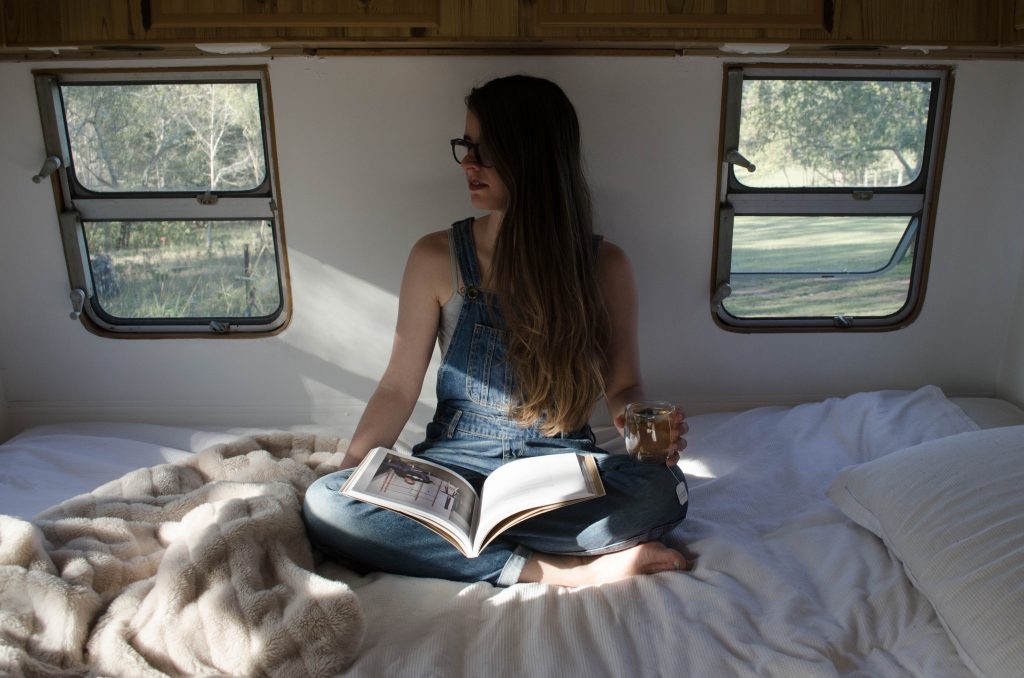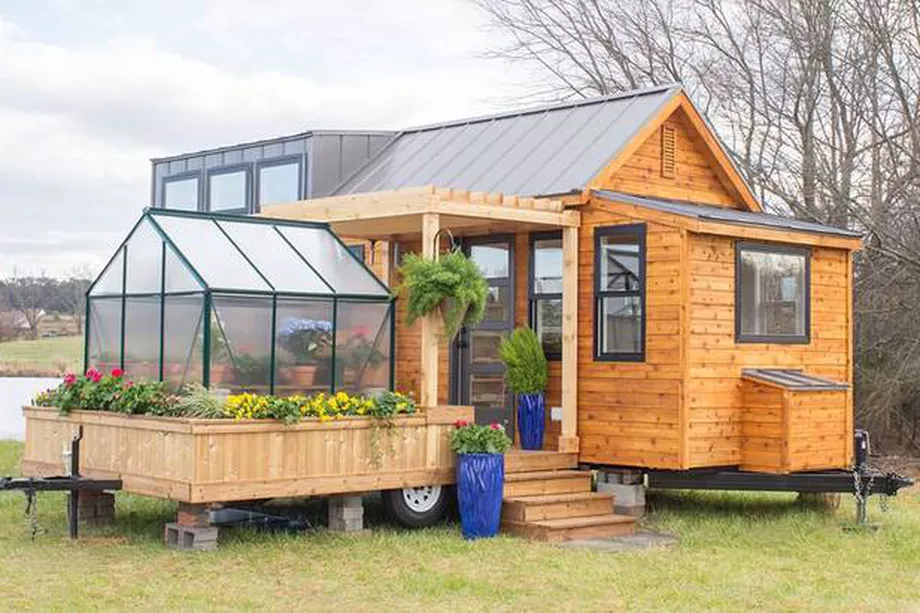They’re not for everyone but if you crave simplicity and mobility, tiny homes will suit you. With a maximum size of just 50m2, according to the Australian Tiny House Association, these little places combine jaw-dropping prices with a standard home’s functionality and style.
Starting off small
If you’re buying your first tiny house, consider having it pre-built. There are plenty of companies who offer a range of models and designs or you could order a bespoke style. Bear in mind tiny houses are classified as caravans as they are built on wheels or skids, so as well as its size, double-check the home’s potential weight and road worthiness.

Miniature move
Not surprisingly, tiny houses won’t suit compulsive hoarders and those who love to entertain yet for singles and couples, they are ideal. Families often share these spaces but keep in mind small-scale dwellings may result in communication clashes. Talk to your partners and children before the move, ensuring they’re aware of what it will take to downsize, and practice living tiny beforehand with a caravan or cabin trip.
Ups and downs
Tiny houses result in plummeting utility bills and cleaning hours – although the lack of space means clutter quickly adds up. However, home loans are not always available for tiny houses, meaning a personal loan or similar is needed to finance your new property. Despite tiny houses’ great mobility, finding and paying for vacant land is difficult. Legally classed as a caravan, tiny houses can be parked in friends’ backyards. But council approval is needed for it to sit on a vacant block, unless it is for no more than 60 days per year and 48 hours at one time.
As with any property move, tiny house purchases need plenty of research and legal advice before you commit to this cute and charming lifestyle.

